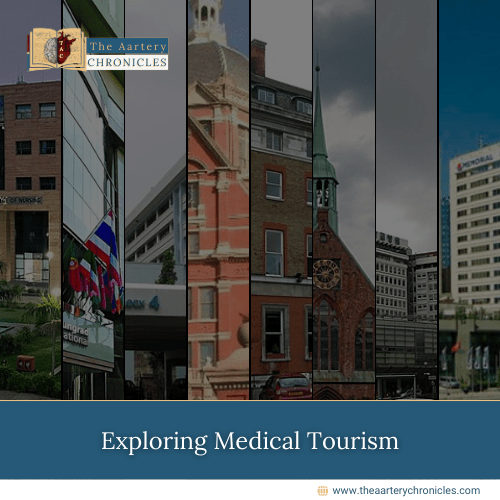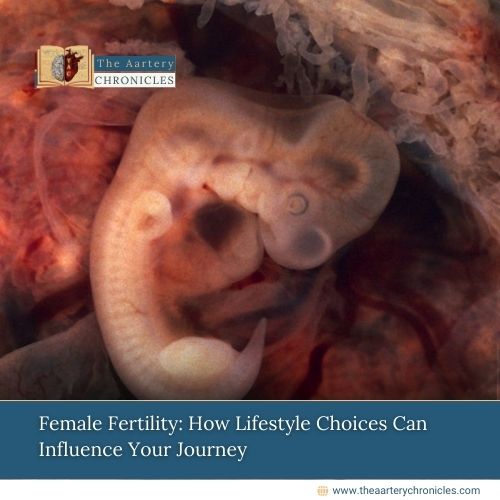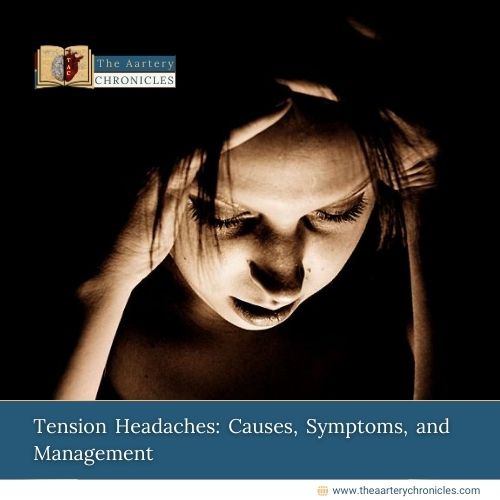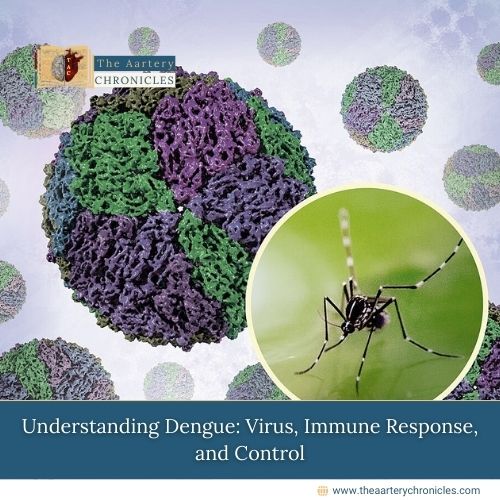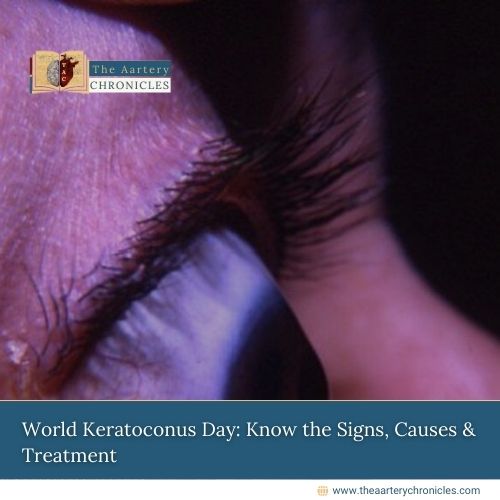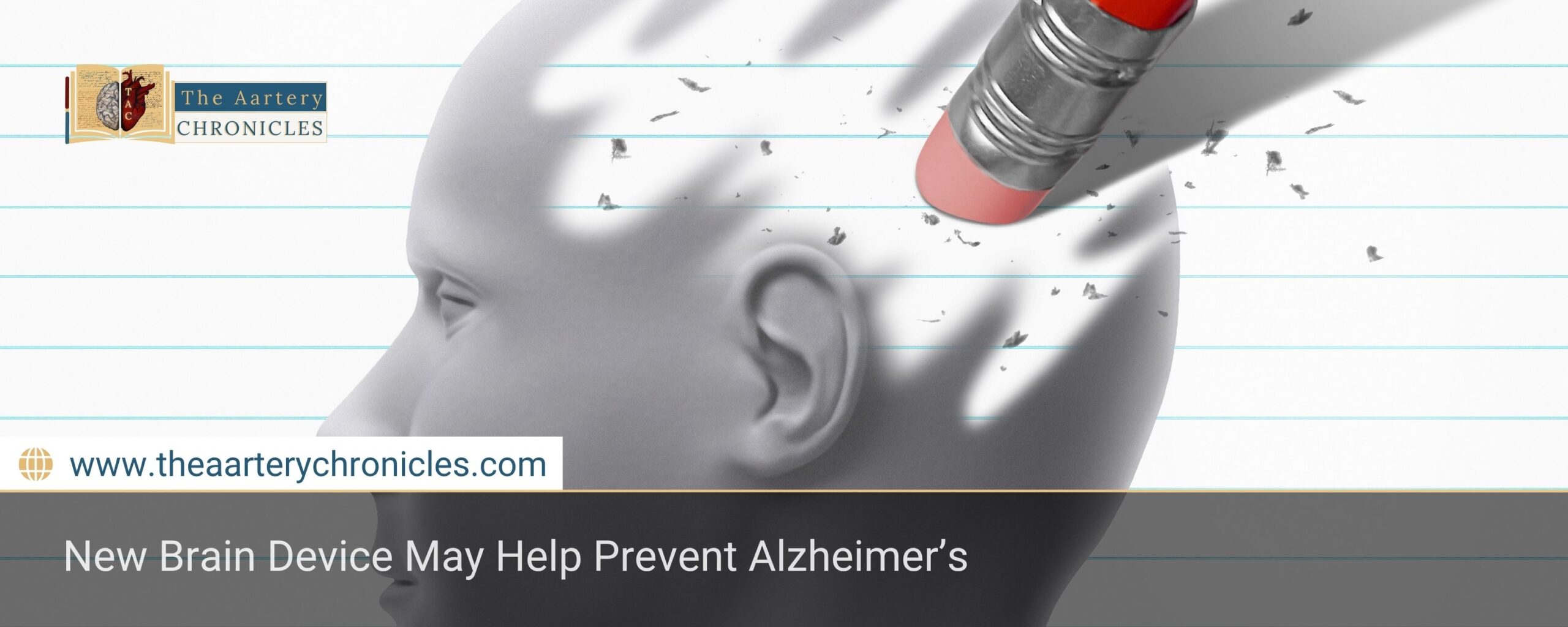

New Brain Device May Help Prevent Alzheimer’s
Summary:A new wearable device that tracks the brain’s waste-clearing glymphatic system during sleep may revolutionise how we detect, prevent, and treat Alzheimer’s and other neurological disorders.
Can a Sleep Cap Help Prevent Alzheimer’s?
What if a simple sleep cap could one day stop Alzheimer’s in its tracks? A groundbreaking study published in Nature Biomedical Engineering reveals that a wearable device may do just that, by monitoring the brain’s glymphatic system, our internal waste-clearance mechanism.
This tiny head cap, fitted with electrodes, tracks all night during a single night’s sleep
- Brain fluid movement
- Sleep stages
- Blood vessel changes
According to researchers, this could be a breakthrough in detecting and treating conditions like
- Alzheimer’s
- Parkinson’s
- Migraines
What Does the Device Do?
Developed by California-based Applied Cognition, the device is worn while the user sleeps. It monitors three key factors:
- Fluid shifts in brain tissue
- Brain activity as it transitions from wakefulness to different sleep stages
- Changes in brain blood vessels
Together, these features let researchers monitor the glymphatic system, which helps clear waste and deliver nutrients to brain cells.
“This is a critical step in the development of therapeutics targeting glymphatic function,”
— Jeffrey Iliff, Professor of Psychiatry and Neurology, University of Washington School of Medicine
Why Is This Important?
For years, scientists believed the glymphatic system only worked during deep sleep, especially slow-wave sleep. But this study proves otherwise.
“We assumed the system worked in an ‘on-off’ way—on during sleep and off when awake,” said Iliff. “But we found that it’s active even during REM sleep and as people wake up.”
Rather than flipping like a switch, the system ramps up gradually during sleep and slows down when waking. This finding is crucial because it shows the glymphatic system is more dynamic than we thought and closely tied to the quality and duration of sleep.
A Link to Alzheimer’s & Beyond
The glymphatic system plays a vital role in removing toxic proteins like amyloid beta and tau, which build up abnormally in conditions such as:
- Alzheimer’s disease
- Parkinson’s disease
- Traumatic brain injuries
- Chronic migraines
By helping scientists monitor this system in real time, the device could:
- Identify at-risk individuals early
- Guide development of targeted treatments
- Evaluate how well those treatments work
“It lets us monitor how this system is related to sleep and how it’s affected by sleep disruption in humans,” Iliff said.
Backed by Real Science
The study included 49 participants aged 56 to 66. It was conducted at:
- University of Washington Medical Center – Montlake
- University of Florida
Participants wore the cap overnight, providing insights into real-time glymphatic activity without bulky MRI machines.
“This work is pivotal in defining the role glymphatic dysfunction plays in Alzheimer’s and discovering therapies to rescue it,”
— Dr. Paul Dagum, CEO, Applied Cognition
What’s Next?
Applied Cognition has already identified a promising drug candidate that enhances glymphatic clearance, currently in early clinical trials.
If successful, this new approach could revolutionize how we treat and prevent neurological diseases.
Conclusion: A Game Changer for Brain Health
This wearable sleep cap is more than a gadget, it’s a scientific leap forward in understanding how our brains clear waste and stay healthy. By tapping into the glymphatic system, we may soon be able to prevent or delay devastating diseases like Alzheimer’s.
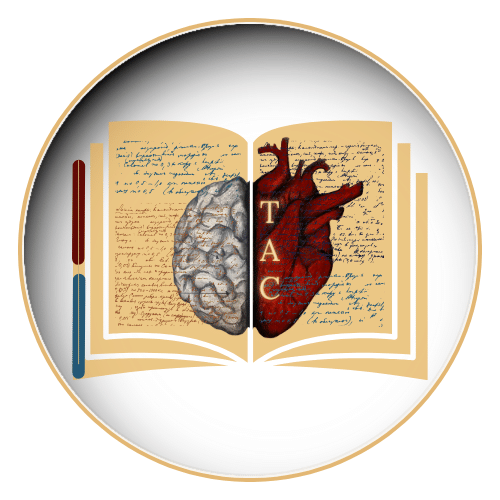
Dane
I am an MBBS graduate and a dedicated medical writer with a strong passion for deep research and psychology. I enjoy breaking down complex medical topics into engaging, easy-to-understand content, aiming to educate and inspire readers by exploring the fascinating connection between health, science, and the human mind.

